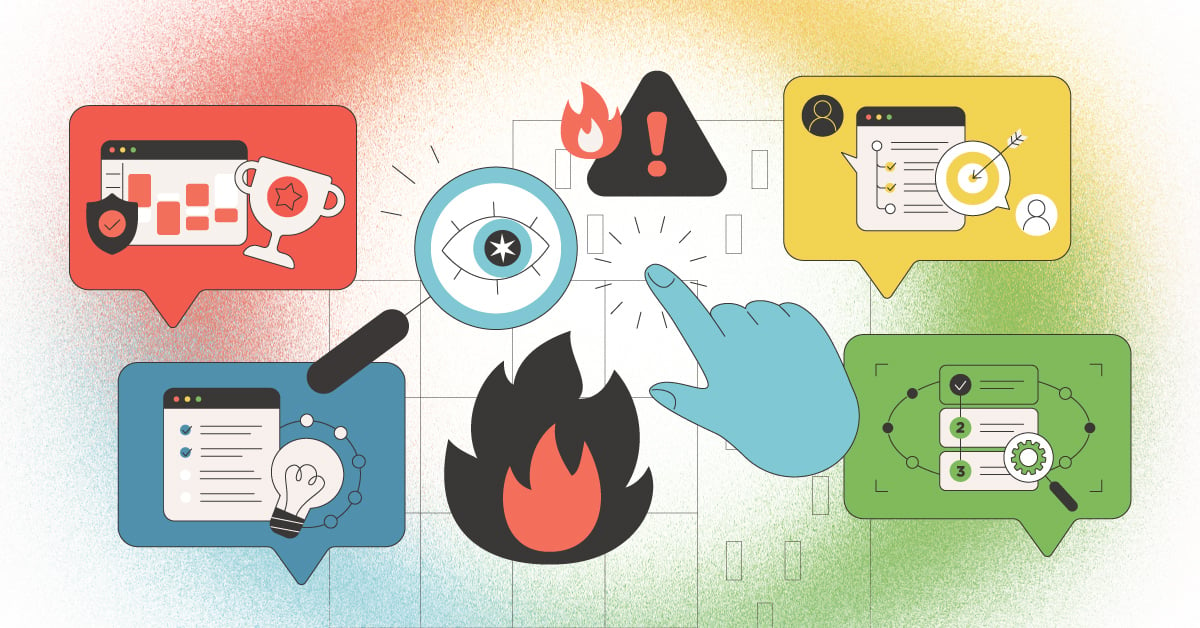
How One VAA Used the Stress Assessment to Open New Doors
Work-related health problems constitute some of the top challenges facing organizations today. But as employers try to balance productivity and doing more with less, some leaders are turning to simple, one-off initiatives to manage stress.
The problem is while these strategies may provide a quick reprieve from the pressures of work, they simply aren’t focused on getting to the heart of what’s causing burnout, poor performance and resignations, said Jonathan Eisler, managing director of Perspectives Organizational Consulting Group at Perspectives Ltd.
Introducing Stress Quotient
Perspectives was one of the first companies to use Stress Quotient™, a TTI Success Insights assessment designed to identify the effects and impact stress has on organizations and which provides actionable data about an ambiguous issue impacting virtually everyone.
Last summer, Eisler embarked on an ambitious marketing campaign to introduce Stress Quotient to more than 400 of Perspectives’ clients. This included creating a targeted email marketing campaign and co-hosting a webinar with TTI SI.
“Simply knowing someone is dissatisfied at work is basically useless information in and of itself, because dissatisfaction is an outcome of other things. Trying to directly address or reduce workplace stress is a similar quandary,” Eisler said. “There must be further exploration to uncover actionable data if we hope to either reduce workplace stress or increase job satisfaction.”
Developed in spring 2015 by TTI SI, Stress Quotient’s seven indexes reveal the major sources of organizational anxiety to help individuals and teams manage their stressors, while allowing companies to attain their business goals.
“When I frame it that way, people almost start salivating when they realize this tool will be able to show if, how and where stress is impacting individuals and teams, and then outline what’s causing this stress within seven internal factors.” Eisler said.
Stress Quotient Discoveries
Since summer 2015, Eisler has been working with 11 client organizations to assess their workplace stressors. Eisler said his marketing efforts convert into business opportunities when clients want more detailed debriefs, individual Stress Quotient reports, or decide pairing other TTI SI assessments can help remedy organizational inefficiencies.
That’s the case more often than not, as the Stress Quotient results often validate or invalidate the opinions leadership teams have about the impact of workplace stress.
Prior to Eisler’s involvement with one particular client, the overwhelming belief by leadership was that workload demands were too much for some employees.
But after leadership received their assessment results from Eisler, the data indicated that demands were appropriate for the various jobs in question, but that employees weren’t receiving the type of social support needed to excel in their roles.
“As it turned out, their lack of social support was causing tremendous amounts of stress,” Eisler said. “As the report showed, everyone was avoiding one another and the lack of trust was causing each person to operate as individual silos, even within the context of their own workgroup.”
A Path to Success
Individual and group assessment results can often differ from the expectations respondents and management initially hold. But to set clients on a path to success, Eisler provides leadership teams with an informed set of strategic recommendations during debrief sessions to create greater organizational change.
“Our assessment debriefs provide our clients with actionable feedback and data to be able to make an impact in certain areas of their business,” he said. “At the very least, we are bringing the issue of stress to the forefront and are discussing potential outcomes with clients, while also creating value with this product.”

![Don’t Let Your Behavioral Style Haunt You [Infographic]](https://blog.ttisi.com/hubfs/Halloween-Infographic_DontLetYourBehavioralStyleHauntYou_Email_Header.png)

